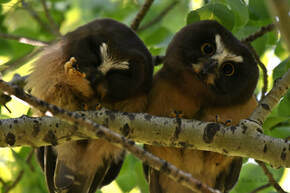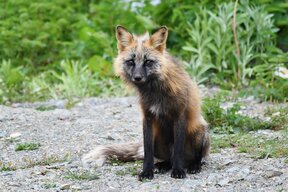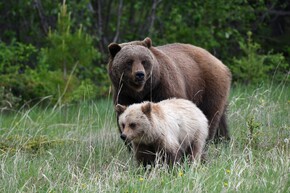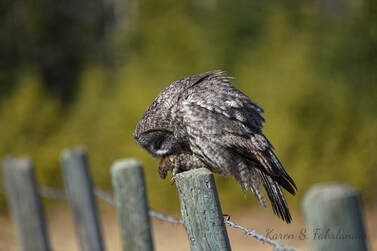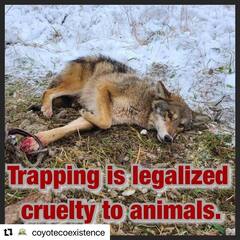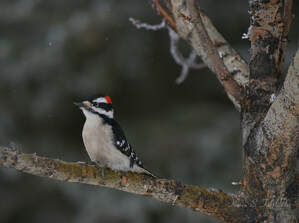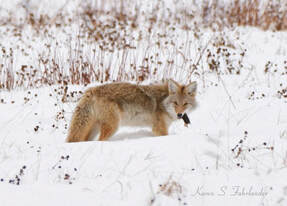Compassion for Wildlife
Animals are sentient beings who show a variety of emotions such as curiosity, love, playfulness and mourning. My aim is to create awareness of wildlife behaviors and the important role individual species play in an ecosystem. Combining my passion for photography and my commitment toward animal welfare, I hope you will gain understanding, respect and empathy for wildlife.

